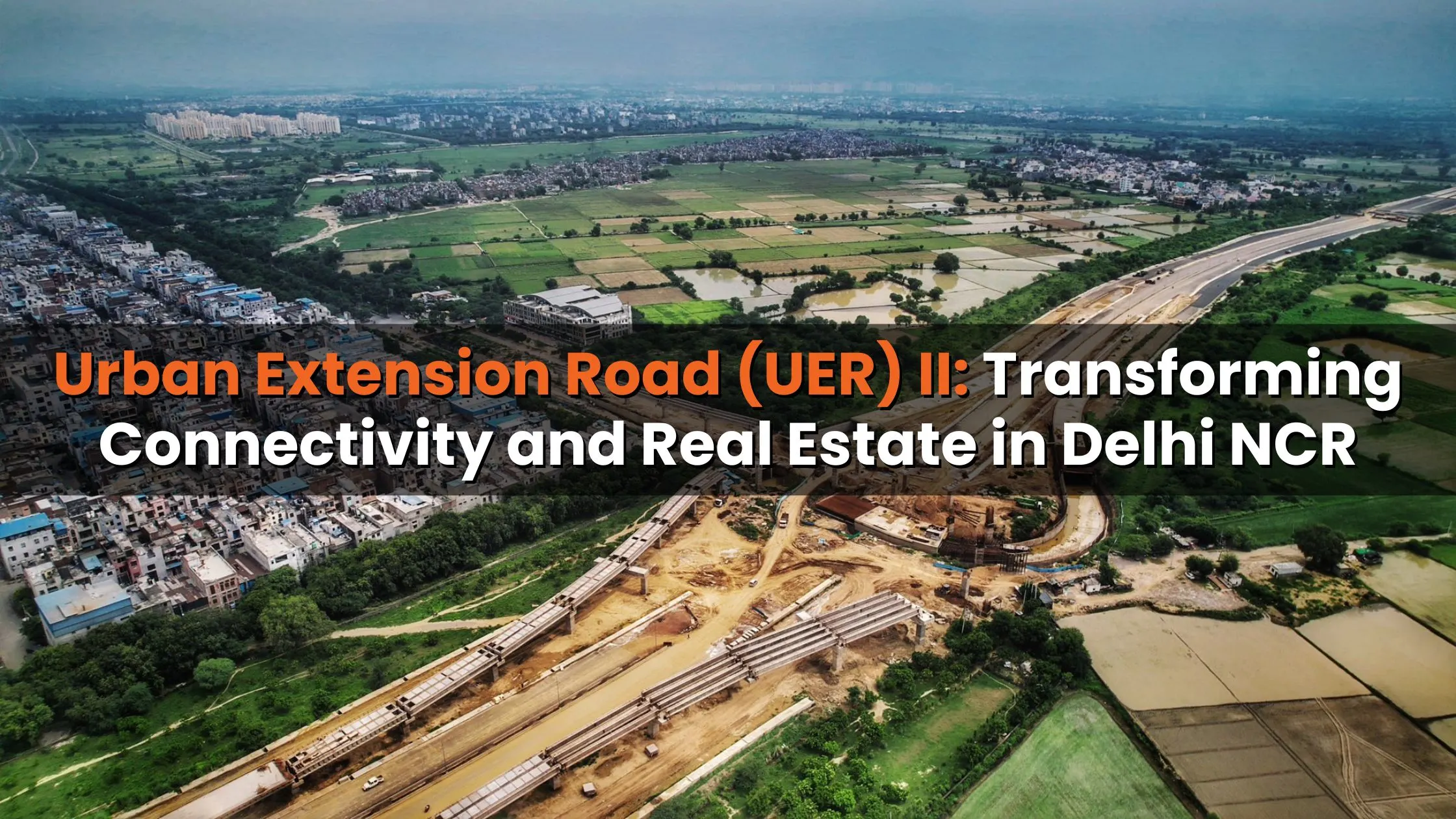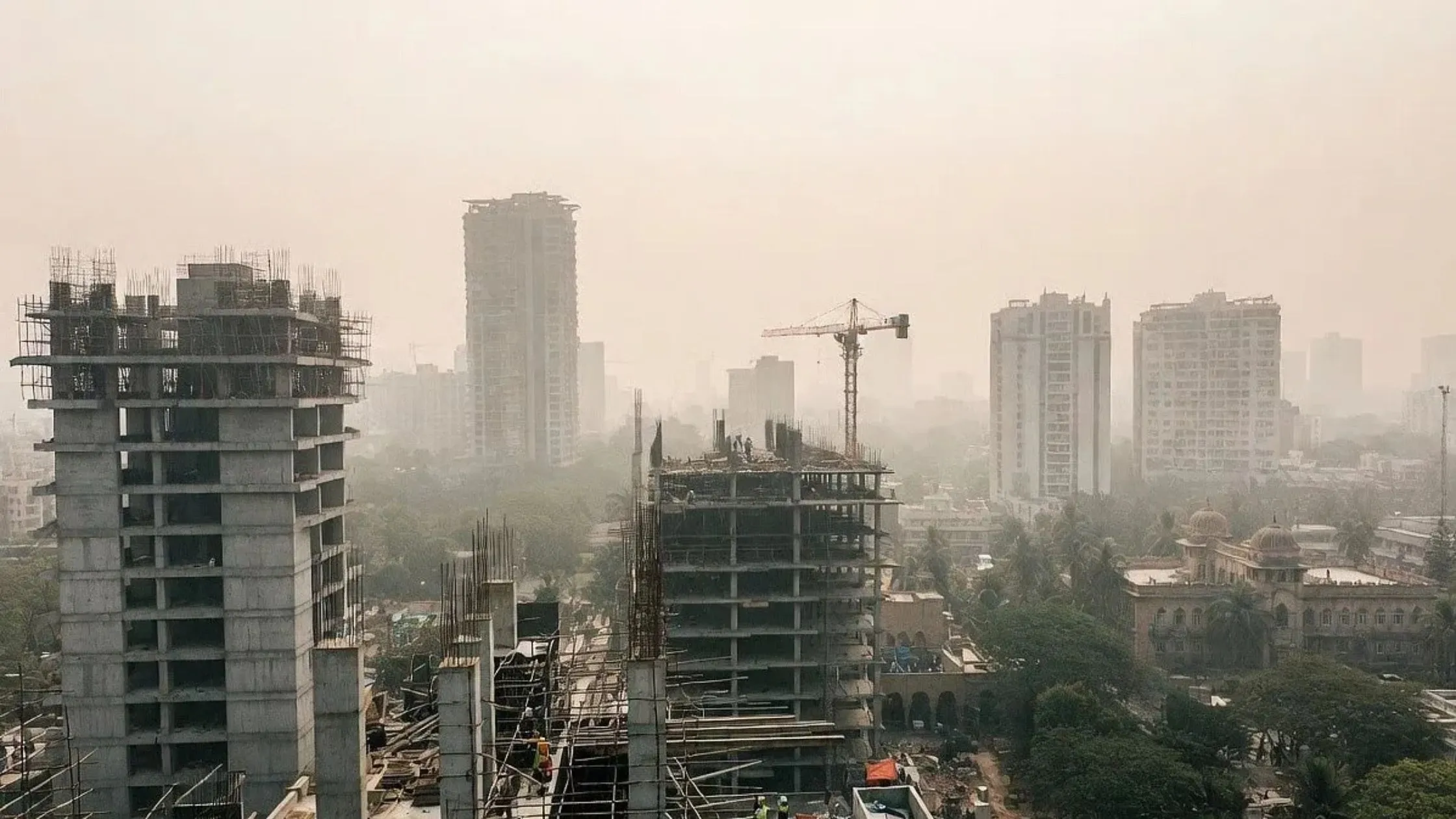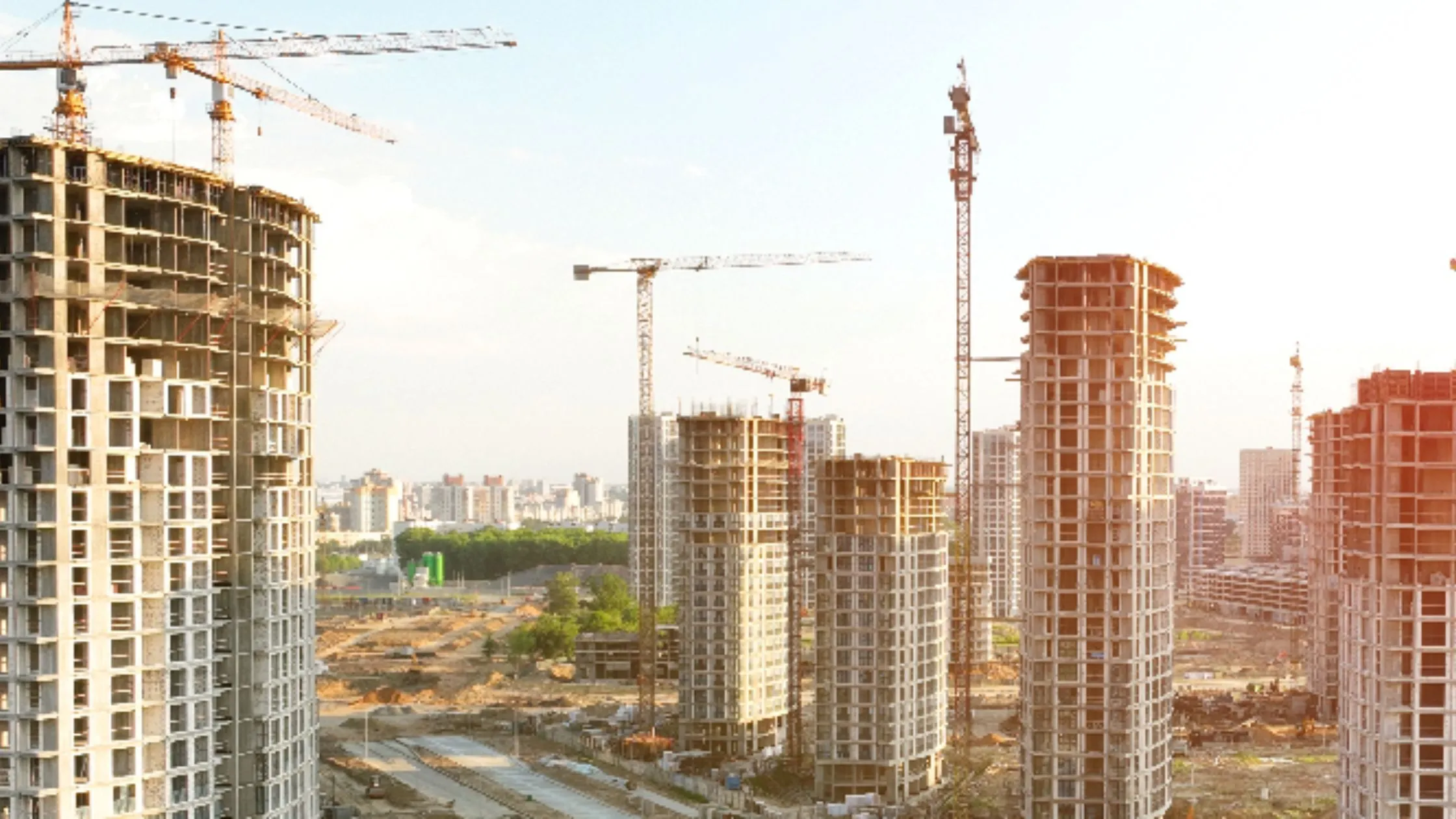Table of Content
On 16 August 2025, Prime Minister Narendra Modi will inaugurate two major infrastructure projects in the Delhi-NCR region, the Urban Extension Road-2 (UER-2) and the Delhi stretch of the Dwarka Expressway. The event will take place on the Dwarka Expressway and will be attended by Union Minister Nitin Gadkari, Delhi Chief Minister Rekha Gupta, Haryana Chief Minister Nayab Singh Saini, and several MPs and MLAs from the region.
These projects are expected to significantly reduce travel time from Noida to Delhi’s Indira Gandhi International (IGI) Airport to just 20 minutes, while also easing congestion across the National Capital Region (NCR).
Project Overview: Urban Extension Road (UER) II
- Definition & Purpose: UER-II is a semi-circular, access-controlled expressway acting as Delhi’s third ring road to bypass central traffic and connect peripheral zones efficiently.
- Designation: Officially declared as National Highway 344M (NH-344M).
- Historical Background: Conceived under the Delhi Master Plan 2021, UER-II was envisioned as a future traffic decongestion tool. The project gained momentum under NHAI in 2018, with support from DDA.
- Implementing Authorities: It is being developed through a coordinated effort between NHAI, DDA, and the governments of Delhi, Haryana, and Uttar Pradesh.
Also Read: Gorakhpur Link Expressway: Enhancing Connectivity and Growth in Eastern Uttar Pradesh
Key Features of Urban Extension Road (UER) II
|
Feature |
Details |
|
Total Length |
~75.7 km across Delhi and Haryana |
|
Lanes |
Main expressway: 6 lanes; Spurs: 4 lanes |
|
Construction Cost |
Approx. ₹7,700–8,000 crore |
|
Green Road Initiative |
Incorporates waste from Ghazipur landfill for sustainable construction |
|
E-Highway Readiness |
Designed to support future charging infrastructure for electric vehicles |
Route Map and Connectivity
- Route Overview: Begins at Alipur (NH-44), loops through Rohini, Mundka, Najafgarh, Dwarka, and ends at Mahipalpur (NH-48), near IGI Airport.
- Spur Routes:
- To Sonipat via Bawana (NW Delhi)
- To Bahadurgarh via West Delhi
- Strategic Linkages:
- Dwarka Expressway
- Western & Eastern Peripheral Expressways
- Delhi–Katra Expressway
- Delhi–Mumbai Expressway
Project Phases
Phase 1:
- Comprised of multiple construction packages covering the main alignment and spurs (Bahadurgarh & Sonipat).
- Scheduled for 16 August 2025 along with Dwarka Expressway’s Delhi segment.
Phase 2:
- Undertaken by the Delhi Government, includes extensions such as:
- Rangpuri Bypass to Vasant Kunj
- Upgrades on Nelson Mandela Marg
- Elevated corridors along NH-2
Impact on Regional Connectivity
- Travel Time Reductions:
- Noida → IGI Airport in just 20 minutes.
- Bypasses traditional routes, easing burden on central roads.
- Accessibility:
- Rapid access to industrial hubs in Bawana and Mundka.
- Streamlined access to Dwarka, Rohini, and Bahadurgarh.
- Inter-state Connectivity:
- Fast connectivity between Haryana cities like Sonipat, Panipat, and Delhi.
- Transport Integration:
- Aligns with upcoming corridors like Delhi–Dehradun Expressway and proposed eastern extensions.
- One of the biggest advantages of UER-II will be its drastic travel time reduction:
|
Route |
Current Time |
Time After UER-II |
|
Kundli (Haryana) – IGI Airport |
~90 min |
~45 min |
|
Alipur – IGI Airport |
~100 min |
~30–35 min |
|
Rohini – New Gurgaon |
~75 min |
~35–40 min |
Significance for Real Estate
The improved infrastructure acts as a major catalyst for real estate growth along the UER-II corridor:
- Accessibility-driven appreciation: Expect rise in land value and demand for projects due to mutual proximity.
- Residential Developments: Peripheral areas poised for high demand from commuters.
- Commercial Opportunities: Warehousing, IT parks, and logistics hubs near spurs will gain traction.
- Industrial Zones: Ease of access to Delhi ports and airports appeals to manufacturing investors.
Also Read: Top 10 Longest Expressways in India in 2025 – Connecting India’s Future
Key Real Estate Hotspots Near UER-II
|
Locality |
Key Advantages |
Expected Growth |
|
New Gurgaon |
Proximity to IGI via UER-II & Dwarka Expressway; luxury projects |
25–30% |
|
Dwarka |
Metro links, embassy areas, improved travel to airport |
20–25% |
|
Rohini |
DDA sectors, rapidly growing residential demand |
15–20% |
|
Bahadurgarh |
Affordable housing and industrial growth |
18–22% |
Development trends show accelerated price appreciation in these areas thanks to better infrastructure foresight.
Latest Updates and Timeline
- Inauguration: Scheduled for 16 August 2025 along with Dwarka Expressway’s Delhi segment.
- Operational Status: Major segments of Phase 2 are nearly complete; final works remaining.
- Future Extensions:
- Eastern corridor (~82 km) linking UER-II with Ghaziabad and Noida in plan, costing around ₹10,850 crore.
- Complementary Projects:
- A 5 km tunnel from Shiv Murti to Nelson Mandela Road through Mahipalpur to relieve congestion, costing ₹3,500 crore.
Conclusion
The Urban Extension Road (UER) II is much more than a new highway it’s an infrastructure milestone that promises to reshape urban mobility and real estate dynamics in Delhi NCR. By seamlessly connecting peripheral zones, cutting travel times, and integrating multiple expressways, UER-II offers immense opportunities for investors, residents, and developers alike. Early investment along the corridor could mean realizing significant long-term value appreciation, making this project a strategic game-changer for the region.
Follow AquireAcers Whatsapp Channel to Stay Updated With The Latest Real Estate News




_1766473246.webp)


Ans 1. UER-II is a semi-circular, access-controlled expressway acting as Delhi’s third ring road, designed to bypass central city traffic and link peripheral zones, improving regional connectivity and easing congestion.
Ans 2. The official inauguration is scheduled for 16 August 2025, alongside the Delhi segment of the Dwarka Expressway, in an event attended by the Prime Minister and other senior leaders.
Ans 3. The expressway is around 75.7 km long, with an estimated construction cost of ₹7,700–8,000 crore. It has six lanes on the main stretch and four lanes on spur roads.
Ans 4. Key beneficiaries include New Gurgaon, Dwarka, Rohini, and Bahadurgarh, all of which are expected to see significant real estate growth due to improved accessibility.
Ans 5. Travel from Noida to IGI Airport will take just 20 minutes. Kundli to IGI will drop from about 90 minutes to 45 minutes, and Rohini to New Gurgaon from 75 minutes to roughly 35–40 minutes.
Ans 6. It connects to major expressways like the Dwarka Expressway, Delhi–Mumbai Expressway, Western & Eastern Peripheral Expressways, and Delhi–Katra Expressway.
Ans 7. It is expected to drive up land and property prices, stimulate demand for residential and commercial projects, and boost warehousing and industrial developments along the corridor.
Ans 8. Yes. It incorporates a green road initiative, using waste from the Ghazipur landfill and is designed to accommodate future EV charging infrastructure.
Ans 9. Yes. An eastern corridor linking UER-II with Ghaziabad and Noida is planned, along with a 5 km tunnel from Shiv Murti to Nelson Mandela Road for better airport access.
Ans 10. It drastically cuts travel times, decongests central Delhi, integrates with multiple expressways, and opens new avenues for real estate and economic growth in peripheral zones.